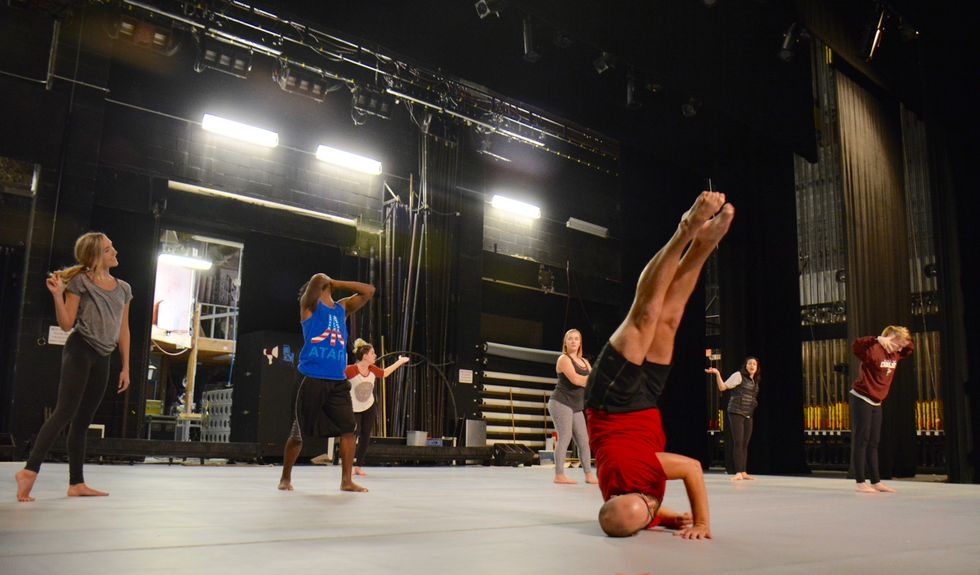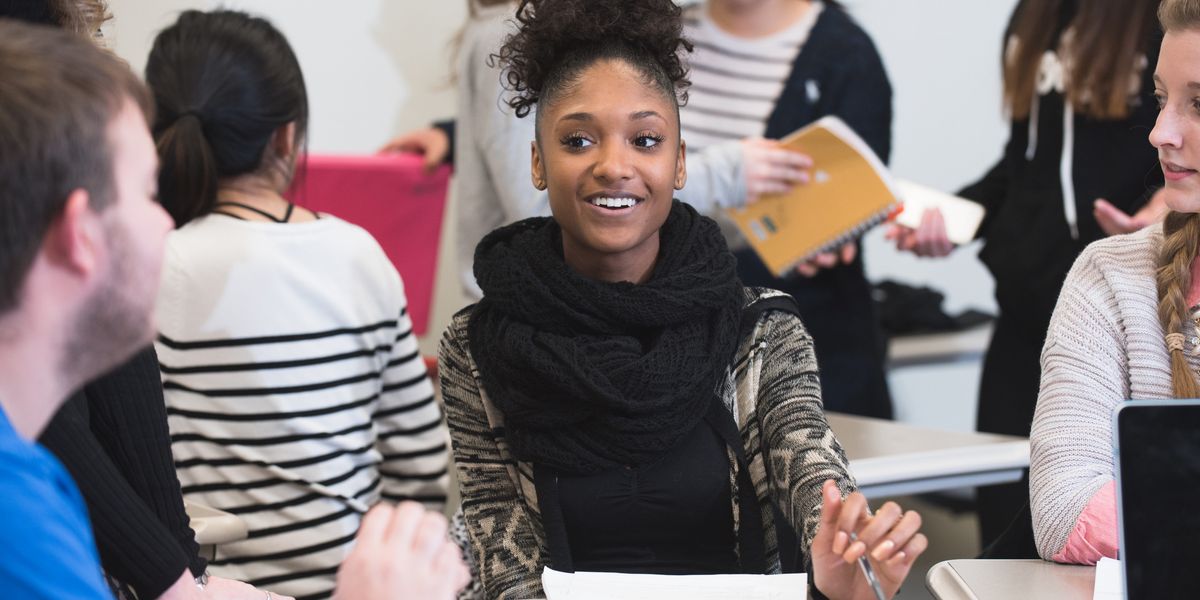Everything You Need to Know About Studying Arts Admin in College
There’s so much more to the dance world than making and performing dances. Arts administrators do everything from raising money to managing companies to building new audiences. With the growing number of arts administration programs in colleges, dancers have an opportunity to position themselves for a multifaceted career on- or offstage—and to bring their unique perspective as artists to administrative work.
Why Should You Study Arts Admin?
For future administrators:
Majoring in arts administration can make you a strong candidate in an increasingly competitive field. Most programs have internship requirements, and classes dig deeper into areas like marketing, fundraising, budgeting and audience development. Students graduate with a mix of valuable skills—from event planning and email marketing to grant writing and donor courting.

Almost half of College of Charleston’s arts management students also major in their art form of choice. PC Victoria Kabernagel
For future dancers and dancemakers
: Admin skills can benefit artists who are producing their own work, marketing themselves, applying for grants and more. Plus, those skills can help artists land side gigs to supplement their creative work. Many arts admin programs have the option of double majoring or minoring along with a dance major.
What Makes a Good Arts Admin?
“The most important skill set is a degree of curiosity and some self-direction,” says University of Kentucky professor Lee Erik Eachus. “You need to be a problem solver—we’re always looking for ways to do things better. For a forward-facing position, you need to be a good communicator and enjoy interacting with people.”
What Should You Look for In A Program?
Professors with dance experience.
If it’s important to you to talk about dance-specific issues in your classes, seek out faculty members who will use their own background as a reference point, suggests Eachus. Having professors who are still working in the field as admins can be helpful, too, says College of Charleston student Bailey McFaden.

University of Kentucky students. PC Dana Rogers Photography
Internship opportunities.
There’s no better way to learn about the different types of roles available within arts organizations than to intern at one. Programs with built-in internship requirements also give students a leg up on networking and resumé building.
Hands-on classes
. Eachus tries to mirror a real arts organization in his classes, having students create fundraising plans and campaigns, assess 990 forms and make recommendations for real companies. At SUNY Purchase, students do marketing for their own shows.




